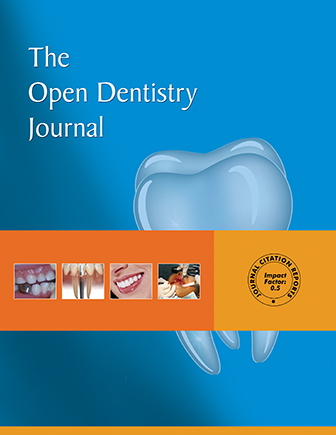All published articles of this journal are available on ScienceDirect.
Indonesian Tooth Loss Predictor in Middle-aged and Elderly Populations based on Sociodemographic Factors and Systemic Disease: A Cross-Sectional Study
Abstract
Background
Predictors of tooth loss in Indonesians have not been identified. This prediction is very useful for tooth loss prevention in middle-aged and elderly.
Objective
The study aimed to predict tooth loss in the middle-aged and elderly populations based on sociodemographic and systemic disease.
Methods
A cross-sectional study of secondary data from the National Basic Health Research was conducted on a sample of 17,095 respondents following the inclusion criteria. Sociodemographic and systemic diseases as independent variables and tooth loss as a dependent variable were assessed. Data were analyzed using a logistic regression model.
Results
Respondents with at least one missing tooth were 20.6%. Among them, 55.6% were females, and 68.1% belonged to the pre-elderly age group (49.0% lived in urban areas and 51.0% lived in rural areas). Only 30.5% had tertiary education, and 61.2% held a formal job. History of systemic diseases like diabetes, heart disease, hypertension, stroke, and cancer were found to be in 5.4%, 3.7%, 17.3%, 2.3%, and 0.4% of respondents. The predictive value of tooth loss was 0.976, and the range was > 0.5. In this study, the predictive value of the respondents' tooth loss was 1.
Conclusion
Indonesian tooth loss predictor value in middle-aged and elderly populations based on sociodemographic and systemic disease was found to be 1. This value indicates a risk of tooth loss. The predictive factor influencing tooth loss of 80.2% can be predicted based on age, occupation, and history of diabetes mellitus and heart disease. Tooth loss can be predicted if the sample is in the elderly group who are still working and have a history of diabetes and heart disease.


